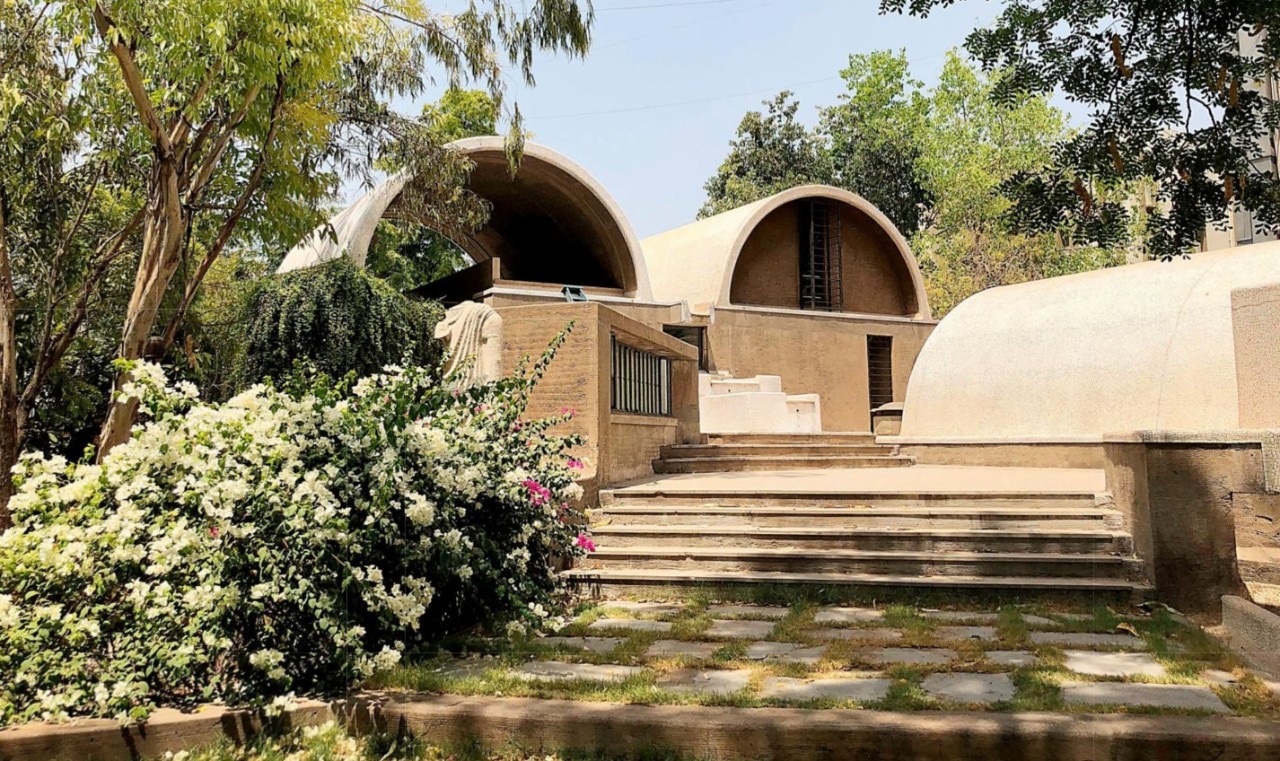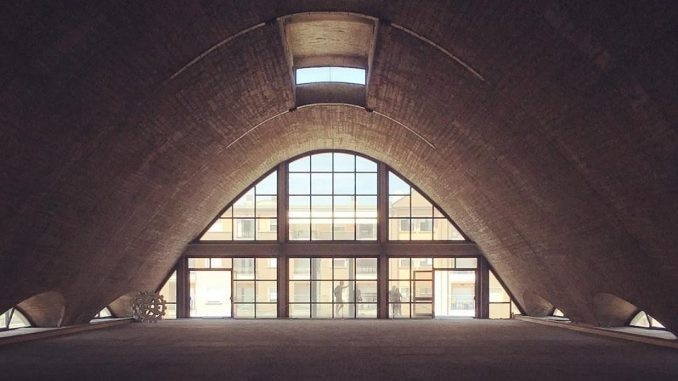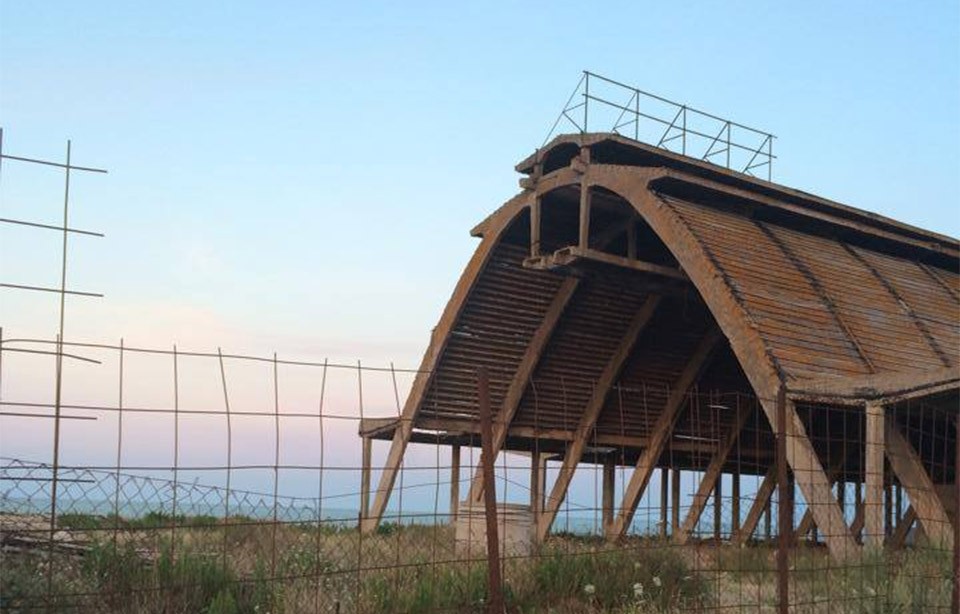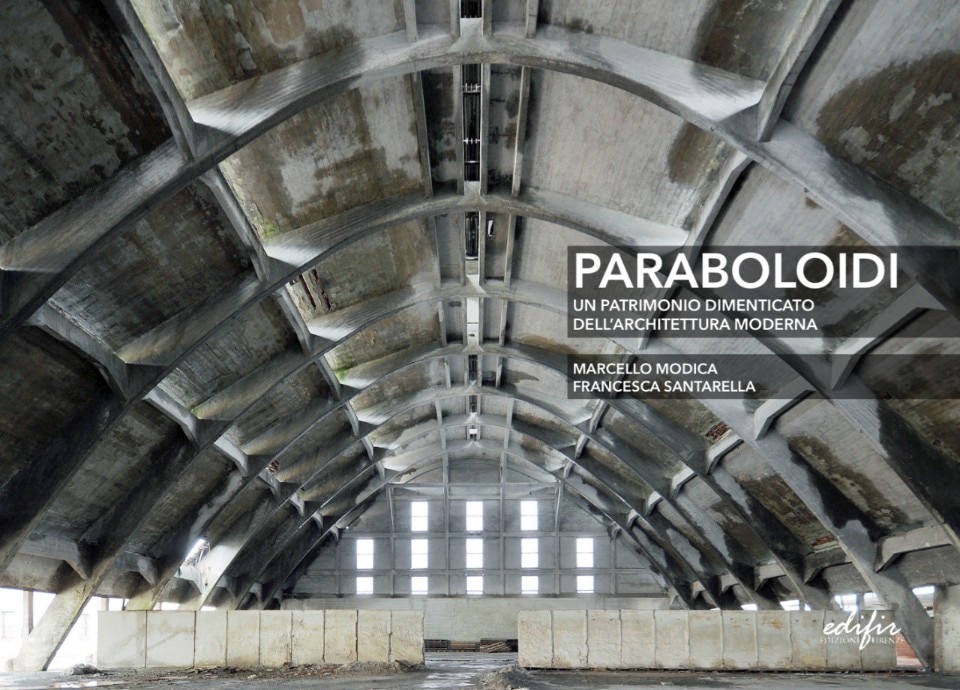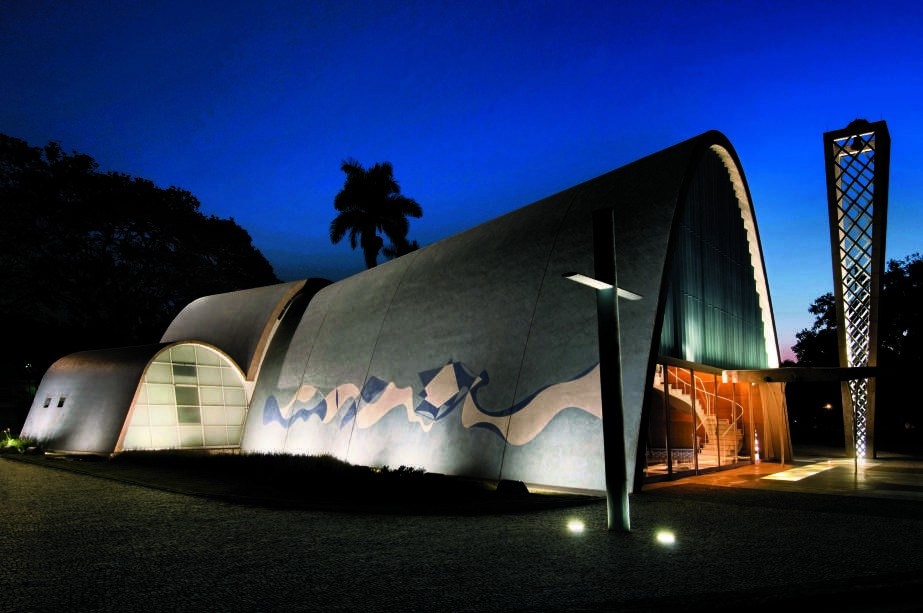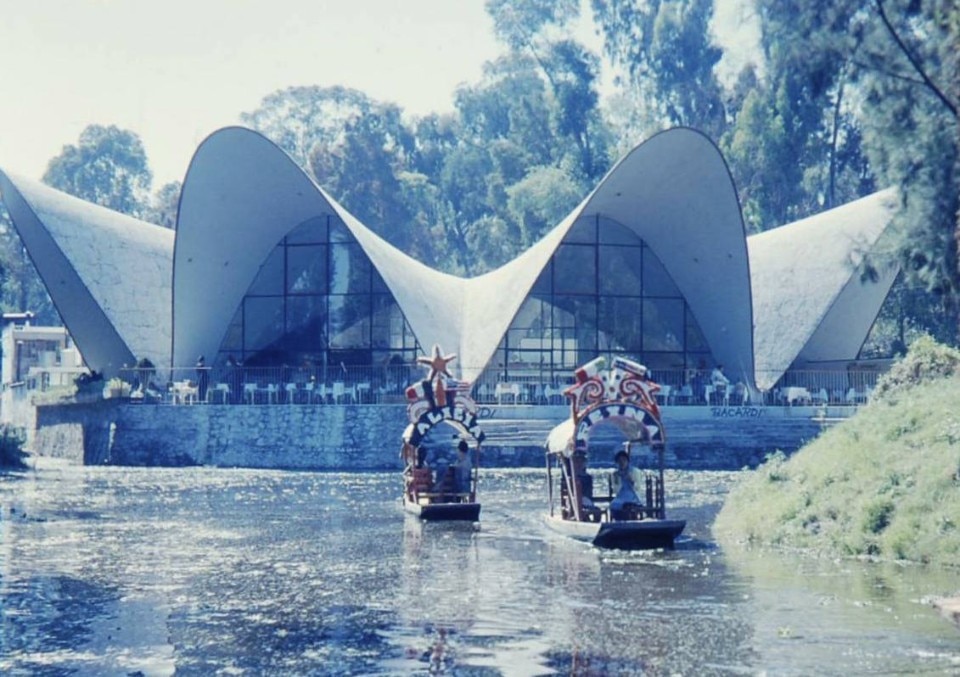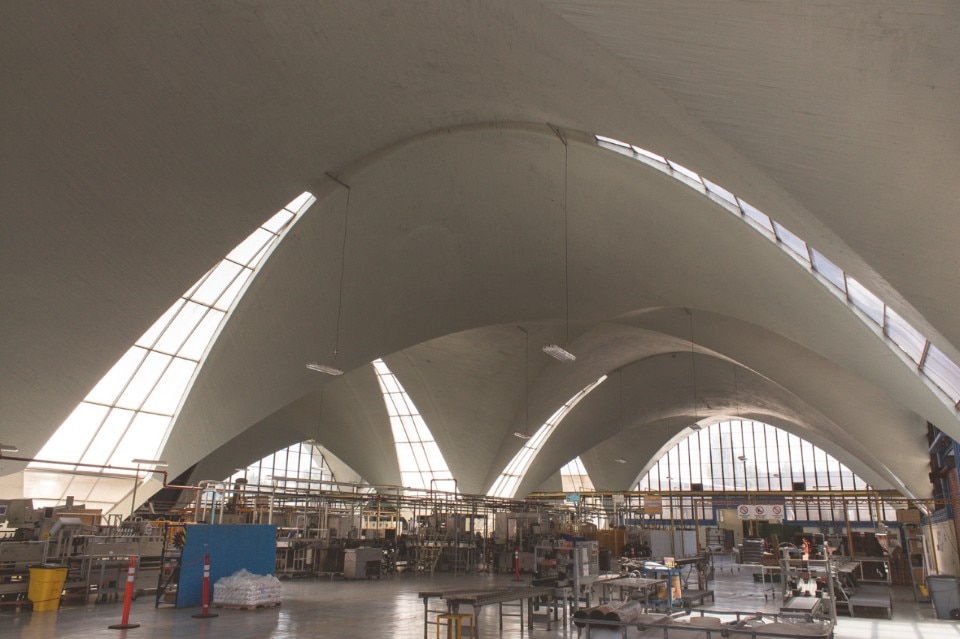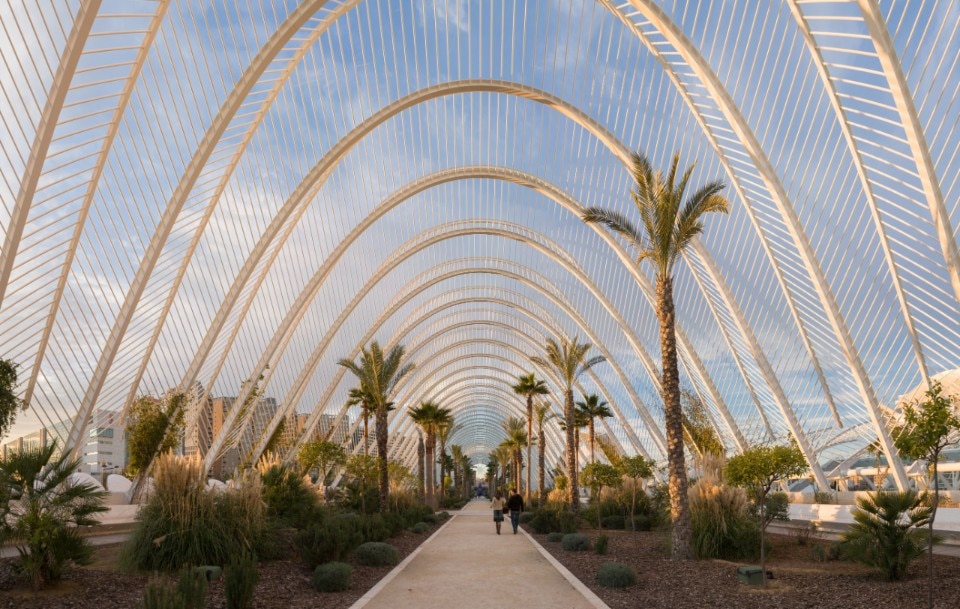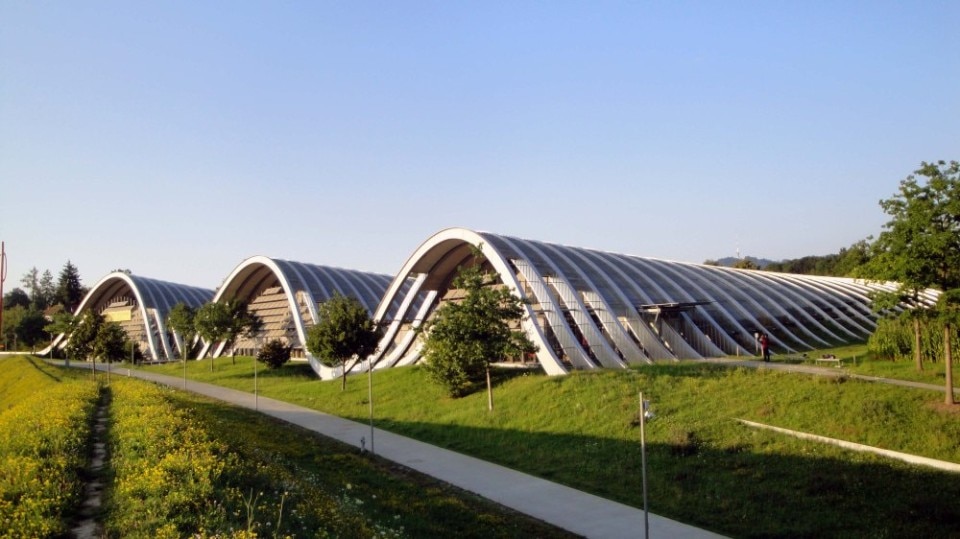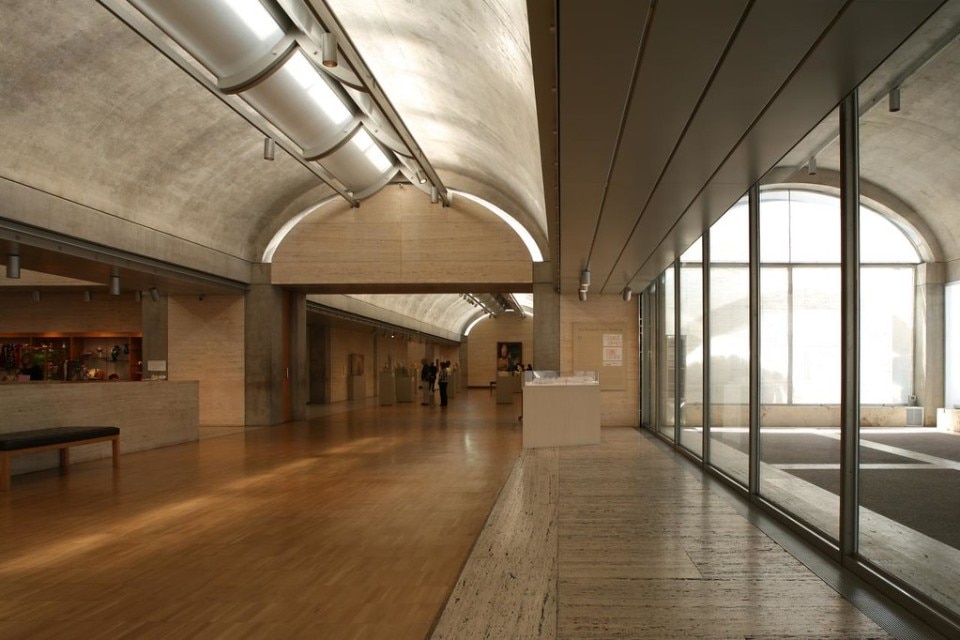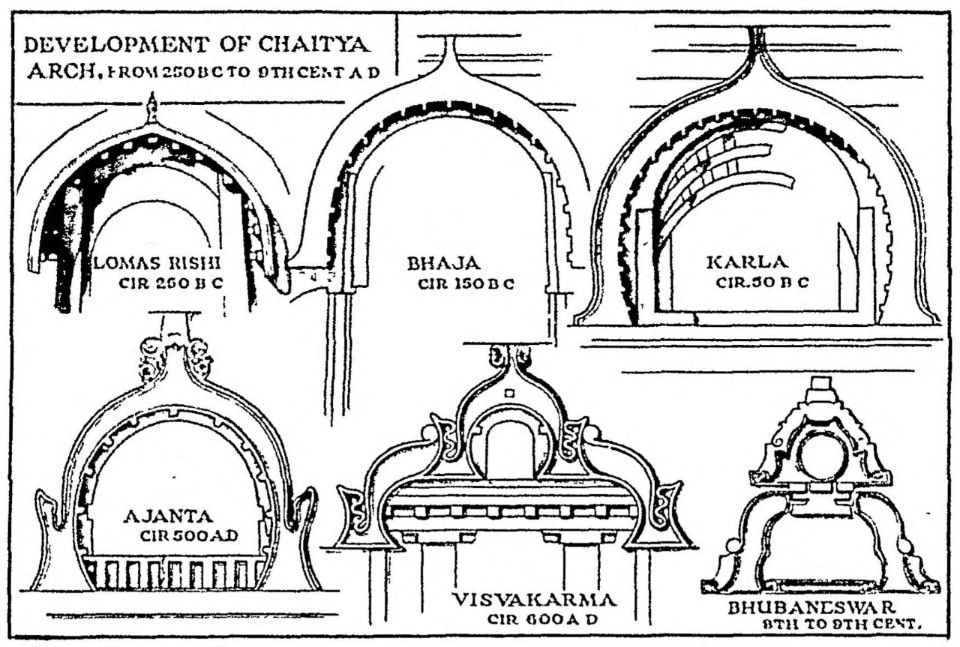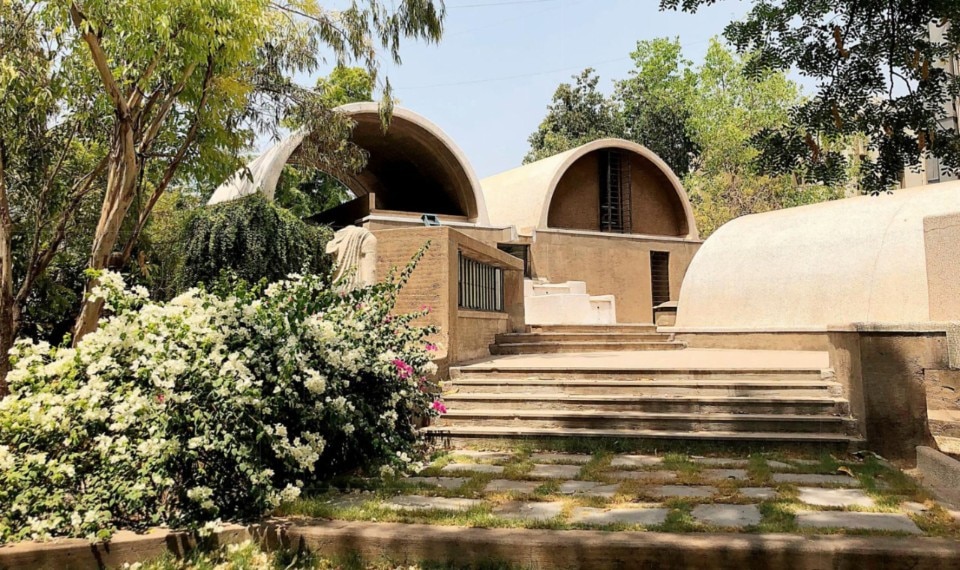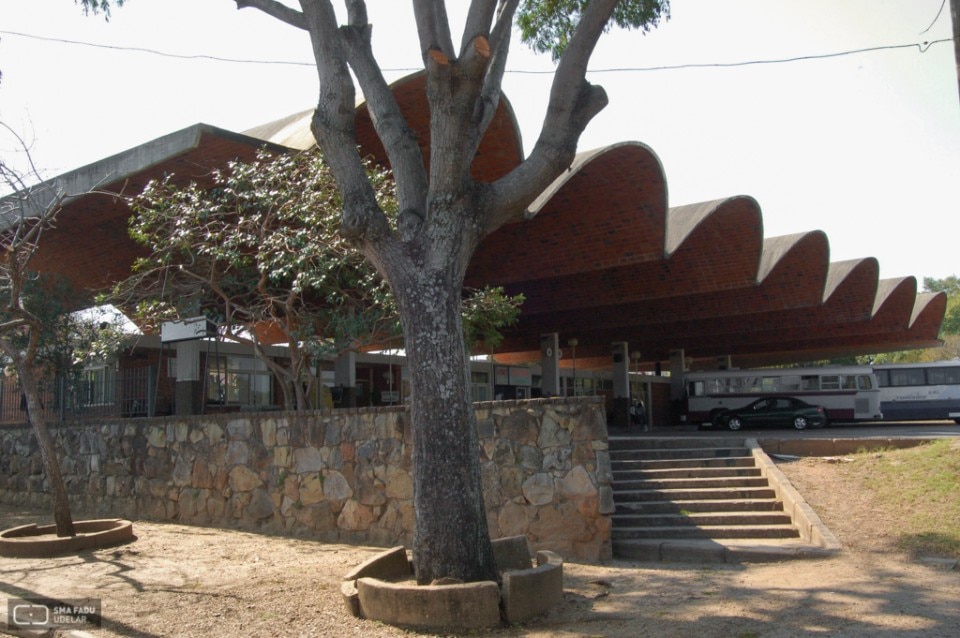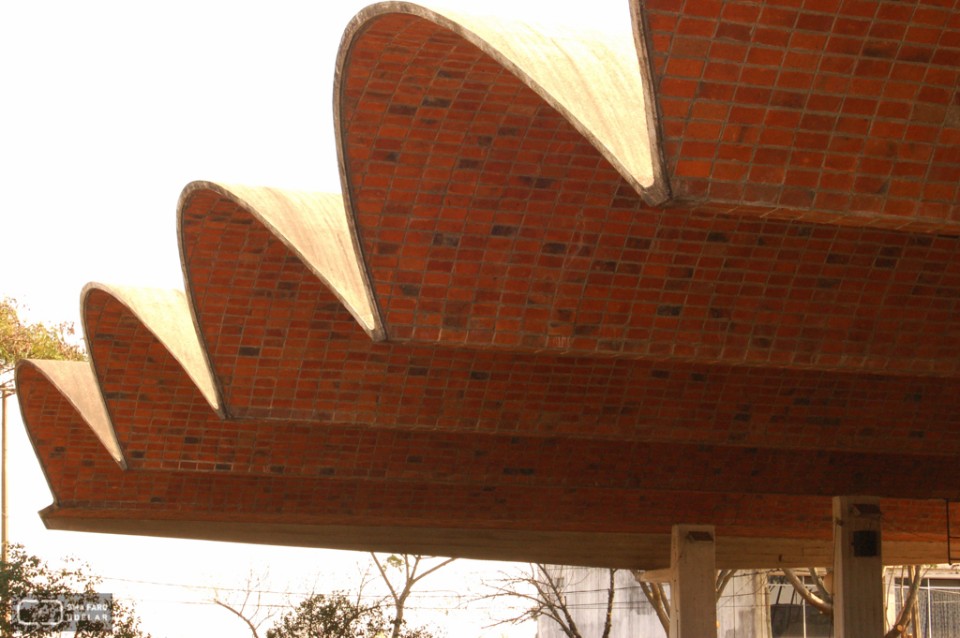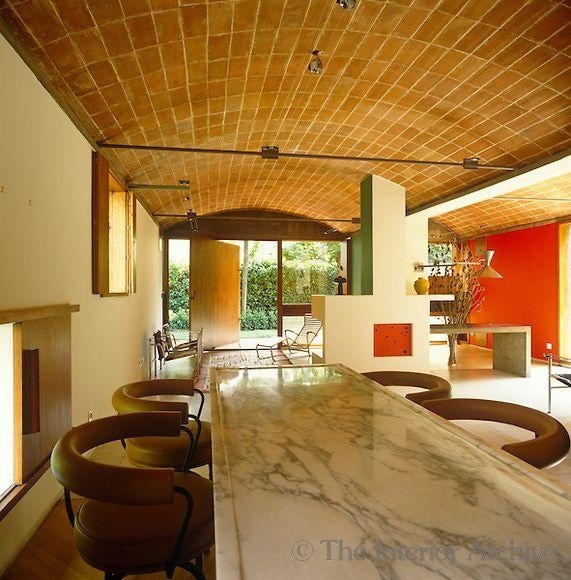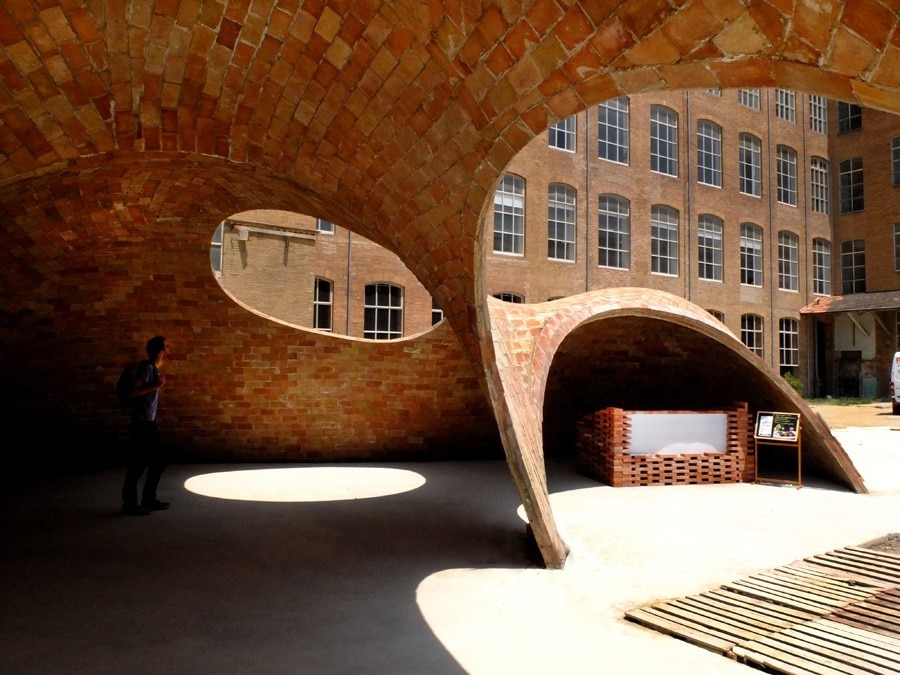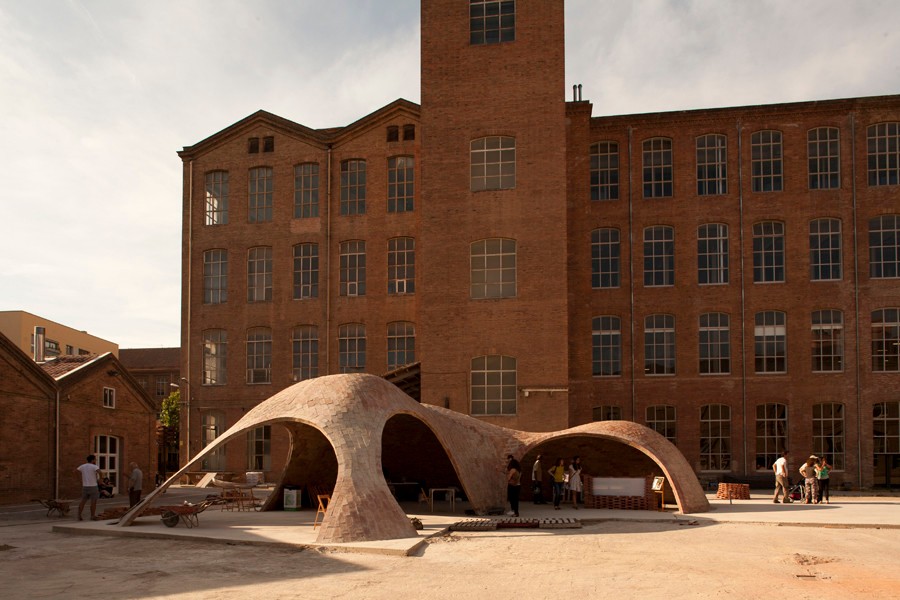The vault is an arched structure whose concavity faces the interior of the space that must be covered. It is closely related to the arch, since the surface of a vault can be described as an arch extended in depth. And when the arch is rotated, then the so-called dome is created. In fact, the term vault derives from Latin vulgar verb volvitare, the intensive form of volvere, which means to turn, to wind, to round.
The origin of the vault goes far back in time. It first appeared in Mesopotamia and Egypt, where the use of bricks as construction materials was encouraged by the great availability of clay. The vault made it possible to roof very large rooms by using very small building materials. In fact, vaults weren’t used in Greece, where the processing of large stone blocks favored trilithic systems, and they were extremely popular in Roman and Gothic architecture, which developed many variations of them.
During the 20th century, the use of reinforced concrete and steel gave new impetus to the vault, and helped it become an architectural element with its own autonomous expression.
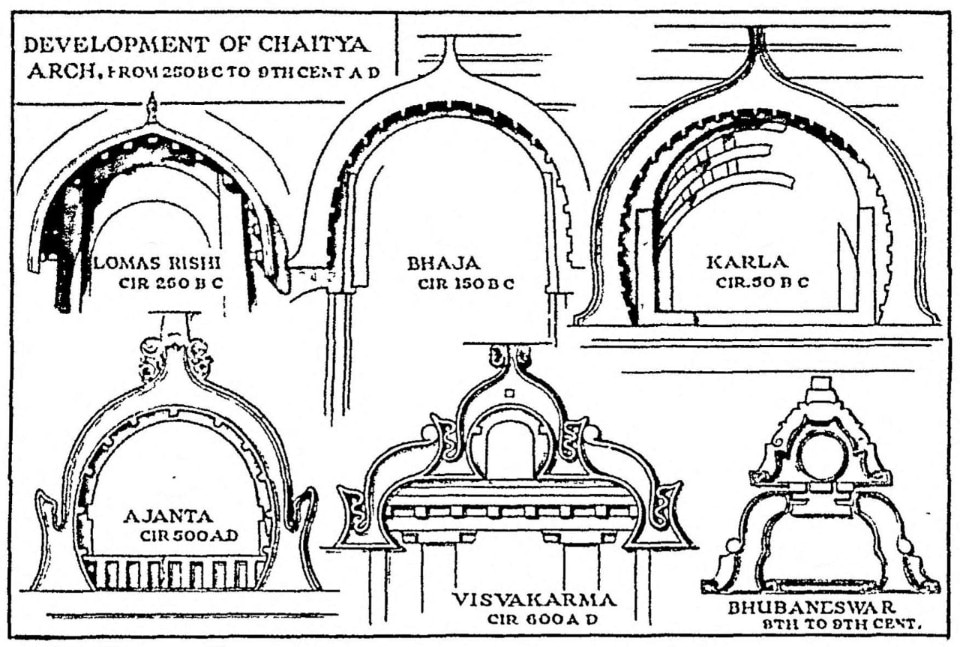
The “ribbed” vaults characterize the spaces of industrial architecture, which are called “paraboloids” and of which there are more than ninety examples only in Italy. Some of them, such as the former Montecatini plants in Assisi, traditionally attributed to Riccardo Morandi and Pier Luigi Morandi, have recently been recovered and returned to their respective areas for cultural purposes, while others, such as the plant designed by Pier Luigi Nervi in Recanati, are waiting to be used for new purposes.
The “thin”, parabolic vaults of the Pampulha Church designed by Oscar Niemeyer interpret a poem by Paul Claudel, while the vaults of the many architectures by Felix Candela, including the Los Manantiales Restaurant in Xochimilco or the Bacardi Bottling Plant in Cuautitlán, are “thin” and groined; Moreover, in the case of the Bacardi Bottling Plant, the vaults are also characterized by the use of glass. Inspired by the Spanish building tradition that aims at giving aesthetic meaning to the architectural elements, Santiago Calatrava develops vaults in which the emphasis is not on the continuity of the very thin concrete envelopes that define them, as in Candela’s work, but rather on the ribs that characterize them, whether they emerge from the concrete structure or are composed of bare steel beams. 4.2 kilometers of steel beams make up the vaults that distinguish the Paul Klee Zentrum in the Bern Piano Building Workshop: here, the vaults are designed to coexist peacefully with the surrounding landscape.
In fact, the term vault derives from Latin vulgar verb volvitare, the intensive form of volvere, which means to turn, to wind, to round
Sometimes, the vault is used by architects as an allusion to certain components with which they experimented over time and, in these cases, the chemistry of a poetic language leads to the creation of new units starting from traditional elements. For example, Louis Kahn’s Kimbell Art Museum is based on the archetypal idea of barrel-vaulted and multiplied spaces. This is a simple idea, yet resolved with intensity: the museum is characterized by a system of vaults in which continuous skylights are inserted; here light, wood, travertine, cement and green elements are the materials used. As an allusion to Roman architecture as well as and updated expression of a human institution, for Kahn “the vault seems to be the best. And I realize that the light must come from the high point where the light is best in its zenith. The vault, rising not high, not in an august manner, but somehow appropriate to the size of the individual. And its feeling of being home and safe come to mind”. Low parallel vaults also characterize Balkrishna Doshi’s studio and yet, in this case, the vaults are an allusion to the “chaitya”, the vaulted rooms of Buddhist architecture: conceived to allude to those of the temples in Southern India and composed in accordance with the articulated rhythms of Indian music, the vaults are inscribed, in this case, in the need to create an architecture that “reflects the social lifestyle and the local spiritual components”.
And if the double curvature vaults and the self-supporting vaults are at the center of Eladio Dieste’s many years of research, when contemporary computational instruments are applied to traditional craft techniques, they make it possible to develop new configurations. The Catalan vault, which for example characterizes the interiors of Le Corbusier’s Maison Jaoul, has now taken on an articulated course: the sinuous vault of Bricktopia, a structure developed by the Map 13 collective in Barcelona, is made using the traditional technique of the vaults.


